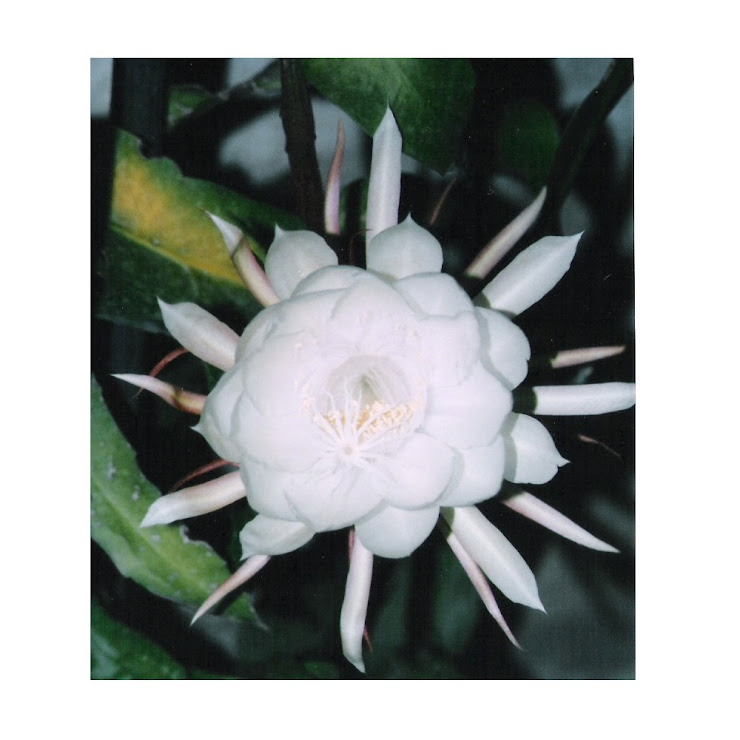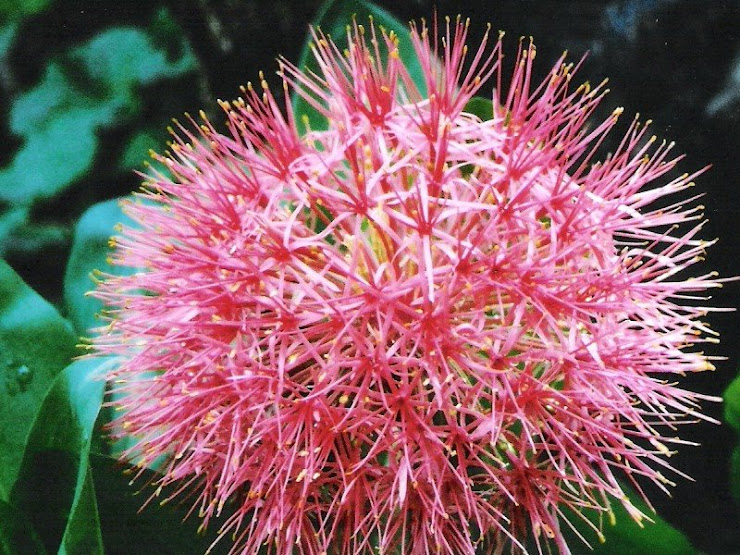Rooting a Cactus Cutting
Growing
a cactus from a cutting is not as hard as you might think! One of the most
common mistakes people make is planting the cutting before it has callused.
Follow these instructions for rooting a cactus cutting and you will surely be
successful.
CUT:
Make a straight, clean cut with a sharp knife. Use a saw for larger plants with
woody skeletons. The application of
powdered sulphur on the cut surfaces helps prevent infection.
Cactus
cuttings root most easily when taken during their natural growth season
(usually in warm weather).
DRY:
Place the cutting in a cool, dry area out of direct sunlight until the wound is
fully callused over.
This
will take a few days for a small cut surface, or a week for a large cut
surface. Erect stems should be kept erect during this period, or else turned
frequently, to prevent formation of roots along the side that is on the bottom,
and to prevent possible curvature of the stem.
PLANT:
Plant the cutting in pure sand or a well-drained soil mixture just deep enough
to hold it upright.
The
soil mixture should contain enough gravel, coarse sand, perlite, or pumice to
ensure good drainage.
Test
the drainage by running water through the pot or rooting bed to be sure it
drains quickly.
During
cool or humid weather, cactus cuttings should be rooted in an especially
well-drained mixture of half coarse sand and half soil or pure sand if you have
it. Rooting is best
accomplished
with some shade to prevent sunburn of the plant. Cuttings in full sun will
require more water and sunburn very easily.
For
cacti which crawl along the ground or that have long, thin stems, place the
cutting on top of the soil mix, sand or directly on top of loose soil.
For
prickly pears or chollas, or any other cactus that branches freely, place the
pad or stem in the soil or on its side, so that new growth will be clean and
upright.
WATER:
Water immediately after planting and thereafter every time the planting mix
becomes totally dry. Never allow the planting mix to remain totally dry for
more than a few days. Depending on pot size, soil texture, and weather, drying
may take as short a time as 24 hours or as long as three to four months.
The
main reason for rooting failure is rot. This is caused by too much water,
especially in cool or humid months when soil does not dry out quickly. In cool
weather, it may not be necessary to water the plant after the initial watering
until the weather begins to turn warm.
CHECK: Check for roots every two weeks by
gently moving the plant in the soil, using tongs or wearing gloves. If there is
strong resistance, the cutting is rooted. New growth is evidence that rooting
has occurred, but sudden swelling (turgor) of the stem is better proof that
water-absorbing roots are present.
As
long as the cutting still contains moisture, and is not diseased, it still has
the potential to eventually make roots, even if it is somewhat shrivelled.








No comments:
Post a Comment